Succeeded by Fuad Chehab | Name Camille Chamoun Role Political leader | |
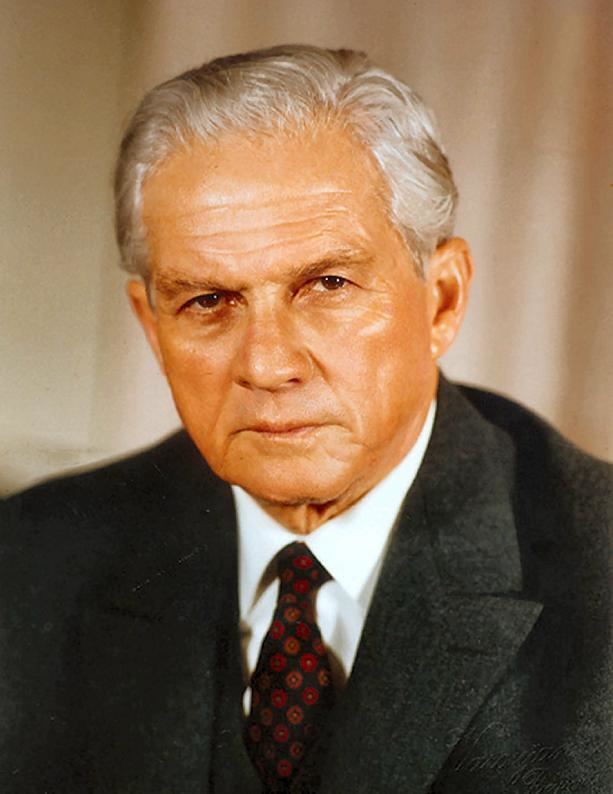 | ||
Prime Minister Abdallah El-YafiKhaled ChehabSaeb SalamAbdallah El-YafiSami as-SolhRashid KaramiAbdallah El-YafiSami as-SolhKhalil al-Hibri (Acting) Spouse(s) Zelpha Tabet (m. 1930–71); her death Children Dany Chamoun, Dory Chamoun Similar People | ||
Camille chamoun speeks highly of amin gemayel in the presence of bachir gemayel
Camille Nimr Chamoun (Arabic: كميل نمر شمعون, [kamiːl ʃamʕ'uːn] Kamīl Sham'ūn) (3 April 1900 – 7 August 1987) was President of Lebanon from 1952 to 1958, and one of the country's main Christian leaders during most of the Lebanese Civil War (1975–1990).
Contents
- Camille chamoun speeks highly of amin gemayel in the presence of bachir gemayel
- Synd 9 4 77 former lebanese president camille chamoun gives press conference
- Early years and education
- Revolt of 1958
- Founding the NLP
- Civil War
- Death
- References

Synd 9 4 77 former lebanese president camille chamoun gives press conference
Early years and education
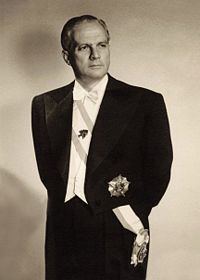
Camille Nimr Chamoun was born at Deir el-Qamar on 3 April 1900 into a prominent Maronite family. He received a law degree from St. Joseph University. He was first elected to the Lebanese parliament in 1934, and was reelected in 1937 and 1943. A champion of independence from France, he was arrested on 11 November 1943, and was imprisoned in Rashaïa castle, where he was held for eleven days, along with Bishara el-Khoury and Riad Al Solh, who were to become the first President and Prime Minister, respectively, of the new republic. Massive public protests led to their release on 22 November, which has since been celebrated as the Lebanese Independence Day.
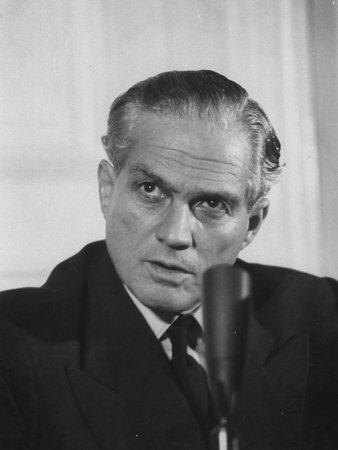
Chamoun was reelected to parliament, then called the National Assembly, in 1947 and 1951. He was frequently absent, however, as he served as ambassador to the United Kingdom from 1944 to 1946, and as ambassador to the United Nations thereafter.
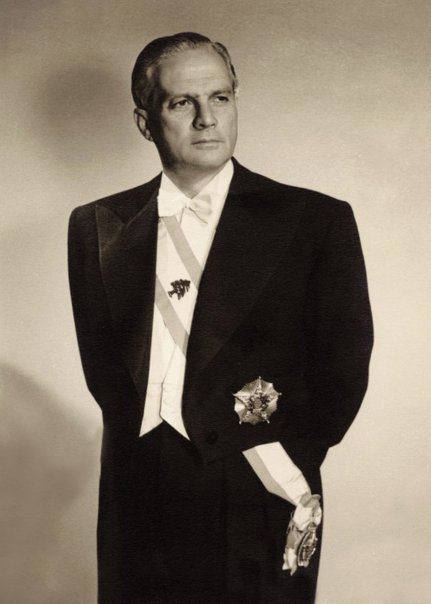
In 1930, he married Zelpha (or Zalfa) Tabet with whom he had two sons, Dory and Dany.
Revolt of 1958
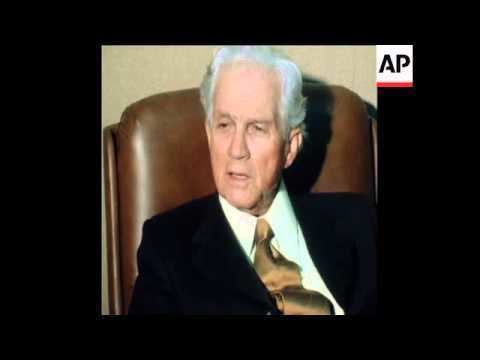
When President Bishara el-Khoury was forced to resign amid corruption allegations in 1952, Chamoun was elected to replace him. Near the end of his term, Pan-Arabists and other groups backed by Nasser, with considerable support in Lebanon's Muslim (particularly Sunni) community, attempted to overthrow Chamoun's government in June 1958 after Chamoun tried to illegally seek another term as president. This mood may have been itself indicative of the fact that nine Prime Ministers formed cabinets under the six years of Chamoun's Presidency, hence Sunni politicians were not always able to justify their association with his politics to their constituencies and popular power base. This fact was evident in the pressures that faced the El-Bizri political base in Sidon while the longstanding parliamentarian Dr. Nazih El-Bizri served as a cabinet minister during Chamoun's term. Facing unrest in the country, with its epicentre in Sidon at the start of the protests, Chamoun eventually appealed to the United States for help under the new Eisenhower Doctrine, and American marines landed in Beirut. Moreover, Naim Moghabghab, a close friend and political ally, formed and led a military group to reinforce Chamoun's position. Many battles occurred, mainly in Beirut and in the Chouf district, where clashes between Naim Moghabghab and Kamal Jumblatt's men led to bloody fights. The revolt was squashed, but to appease Muslim anger, General Fuad Chehab who claimed that he was a Christian enjoying considerable popularity in the Muslim community, was elected to succeed Chamoun. The American diplomat Robert D. Murphy, sent to Lebanon as personal representative of President Eisenhower, played a significant role in allowing Chamoun to finish his mandate term normally and Chehab be elected according to the constitutional procedures.
Founding the NLP
On his retirement from the presidency, Chamoun founded the National Liberal Party (al-Ahrar). As the leader of this party, Chamoun was elected to the National Assembly again in 1960, much to the consternation of President Chehab. He was defeated in 1964, due to changes to the boundaries of his electoral district, which he and his supporters protested as deliberate gerrymandering. He was reelected to the National Assembly, however, in 1968, and again in 1972—Lebanon's last parliamentary election held in his lifetime. Following the election of 1968, the National Liberal Party held 11 seats out of 99, becoming the largest single party in the notoriously fractured National Assembly. It was the only political party to elect representatives from all of Lebanon's major religious confessions.
Civil War
In the 1970s and 1980s, Chamoun served in a variety of portfolios in the Cabinet, including interior minister. This was during the Lebanese Civil War (1975–1990), in which Chamoun and the NLP participated through the party's militia, the "Tigers" (in Arabic, nimr means tiger). In the early stages of the war, he helped found the Lebanese Front, a coalition of mostly Christian politicians and parties, whose united militia—dominated by the Kataeb Party — became known as the Lebanese Forces (LF). Chamoun was chairman of the Front from 1976 to 1978.
Though initially aligned with Syria, and inviting its army to intervene against the leftist Lebanese National Movement (LNM) and its Palestinian allies in 1976, Chamoun then gravitated towards opposition to the Syrian presence. In 1980, the NLP's Tigers militia was virtually destroyed by a surprise attack from Chamoun's Christian rival, Bashir Gemayel. After the Israeli invasion of Lebanon in 1982, Chamoun decided to enter a tactical cooperation with Israel, in order to oppose what he considered a Syrian occupation.
Death
At 1984, Chamoun agreed to join the National Unity government as deputy prime minister, a post he held until his death on 7 August 1987 at the age of 87. He died of a heart attack at Saint Georges Hospital in Beirut. He spent his last months mostly in the care of his protégé Aida Yahchouchi and her husband Joseph Wehbe. He is remembered as one of the main Christian nationalist leaders, and one of the last significant figures of Lebanon's pre-war generation of politicians whose political influence was eclipsed during the war by that of younger militia commanders..
Camille Chamoun had two sons, Dany and Dory, both of whom became politicians in the NLP.
